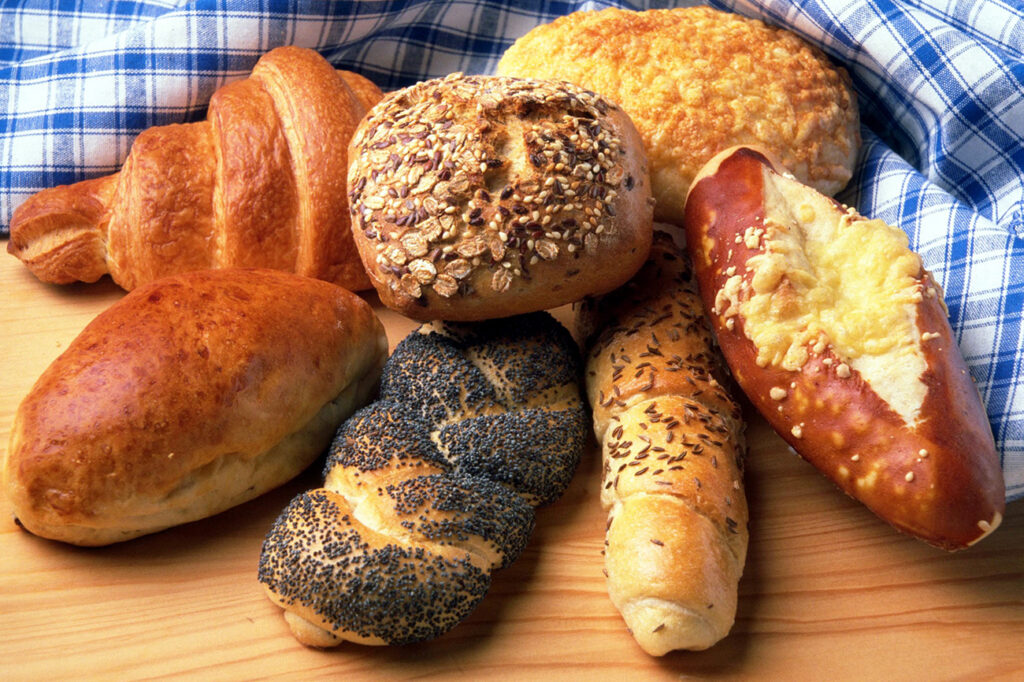Lesson 1
Carbs can be categorized in a variety of ways, including complex and simple; natural and refined (or processed); and glycemic (also known as available, or digestible) and non-glycemic (also known as non-digestible). Regardless of which category a carb falls into, it can also be a High-GI, a Medium-GI or a Low-GI carb.
Lesson 2
Starches and fiber are complex carbs and sugars are simple carbs. All these 3 types of carbs can be either natural or processed. Some examples – Natural Complex (these have starch and fiber): brown rice, potato, beans; Refined Complex (these have starch & usually little or no fiber): white rice, white bread, all white flour products.
Lesson 3
More examples . . . Bran cereals strictly speaking are processed, but in a good way. Unlike most refined complex carbs that have their nutrients stripped out for the benefit of taste and texture, bran cereals are made from the nutritious part of the grains, so they’re a great complex carb with starch and lots of fiber. Natural simple carbs: fruits, honey; Refined simple carbs: sugar, sweets, junk!
Lesson 4
All starches & sugars are called glycemic carbs because their energy goes into your bloodstream as blood sugar (glucose). Fiber is a non-glycemic carb. Insoluble fiber goes through your system and provides no calories. Soluble fiber provides about half the calories of starches and sugars, but its energy enters your body via a different mechanism, so like insoluble fiber it has no effect on your blood sugar.
Lesson 5
The GI of a carb measures how fast the energy from that carb is absorbed into your bloodstream. The slower and more controlled this happens, the better it is for good health and weight loss. This is why generally speaking, low-GI carbs are better than high-GI carbs. The most important thing is that you have natural carbs, mostly complex. Among those, the lower the GI the better.



1 Comment
I enjoy this blog, will definitely come back again. Please proceed producing top quality articles.